Summaries of books about Earth Sciences:
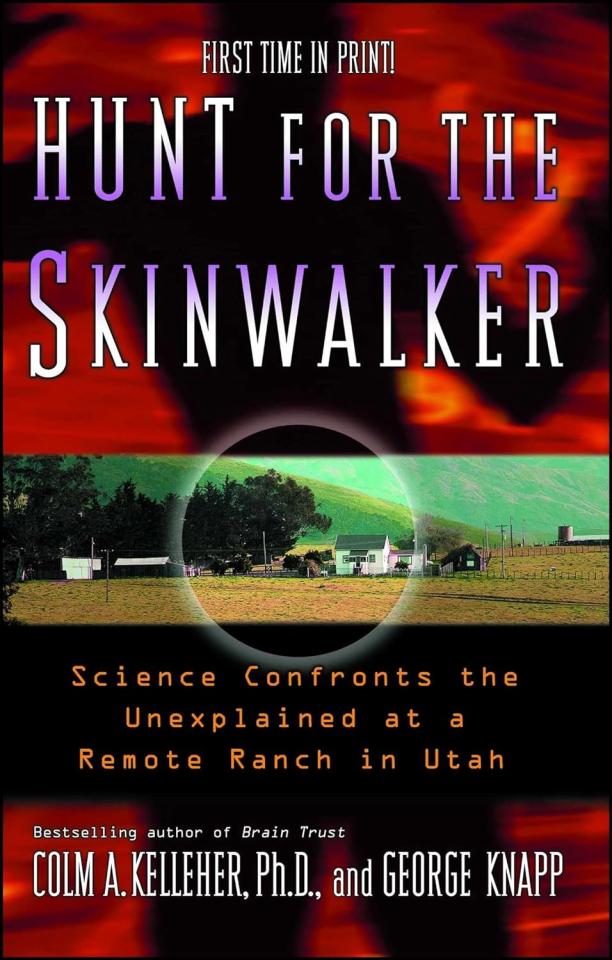
Hunt for the Skinwalker
Science Confronts the Unexplained at a Remote Ranch in Utah
Colm A. Kelleher|George Knapp
The book investigates the paranormal phenomena reported on a ranch in Utah, including UFO sightings, cryptid appearances, and poltergeist activity. It details the scientific study conducted by the National Institute for Discovery Science (NIDS) to explore and explain these mysterious occurrences.
See full summary

Underland
A Deep Time Journey
Robert Macfarlane
The book explores the hidden worlds beneath our feet, from ancient burial chambers and subterranean rivers to nuclear bunkers, weaving together natural history, mythology, and the author's personal journeys. It delves into the concept of "deep time," the vast timescales that govern the Earth's geology and life, and how humanity's legacy will be embedded in these underland realms.
See full summary
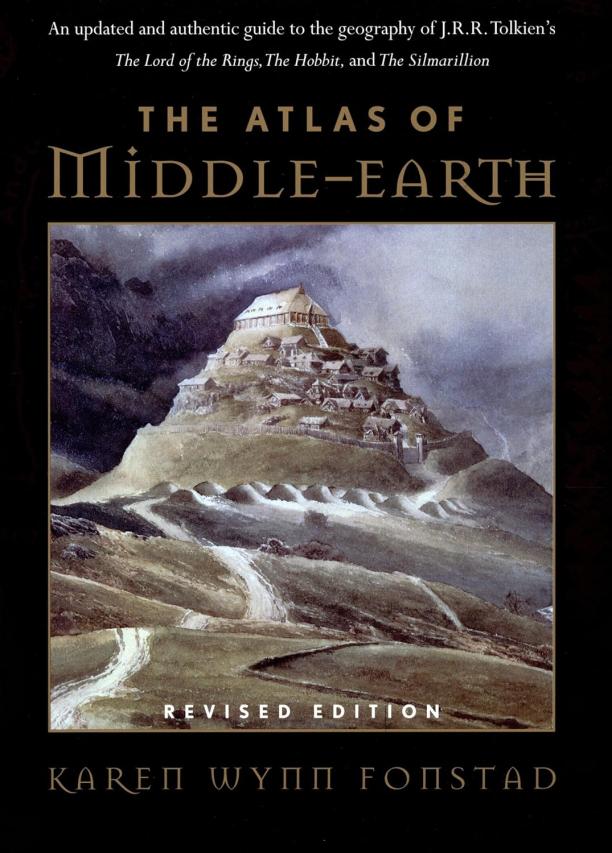
The Atlas Of Middle-Earth
Karen Wynn Fonstad
The book provides detailed maps and geographical information about the fictional lands depicted in J.R.R. Tolkien's Middle-earth, covering various time periods and events from "The Hobbit" to "The Lord of the Rings" and "The Silmarillion." It includes topographical features, journey routes, and battlefields, enhancing the reader's understanding of the complex world Tolkien created.
See full summary

The Ends of the World
Volcanic Apocalypses, Lethal Oceans and Our Quest to Understand Earth's Past Mass Extinctions
Peter Brannen
The book explores Earth's history through the lens of its five major mass extinctions, examining the geological and paleontological evidence to understand the causes and consequences of these catastrophic events. It delves into the role of volcanic eruptions, climate change, and asteroid impacts, while drawing parallels to contemporary environmental challenges and the potential for future extinctions.
See full summary

A Brief History of Earth
Four Billion Years in Eight Chapters
Andrew H. Knoll
The book presents a concise narrative of Earth's geological and biological evolution, exploring the planet's formation, the rise of life, and the complex interactions between geology and biology over four billion years. It is structured into eight chapters, each focusing on a significant epoch in Earth's history, detailing the major events and processes that have shaped the planet and its living organisms.
See full summary
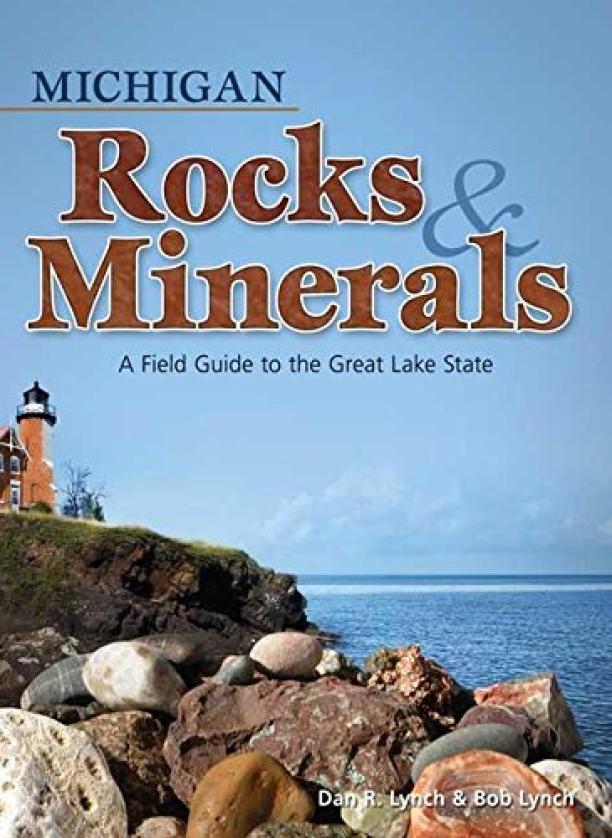
Michigan Rocks & Minerals
A Field Guide to the Great Lake State
Dan R. Lynch|Bob Lynch
The book serves as a practical field guide, providing detailed descriptions, photos, and identification tips for various rocks, minerals, and fossils found throughout Michigan. It includes information on where to locate geological treasures and how to classify and understand them, catering to both amateur geologists and curious explorers.
See full summary
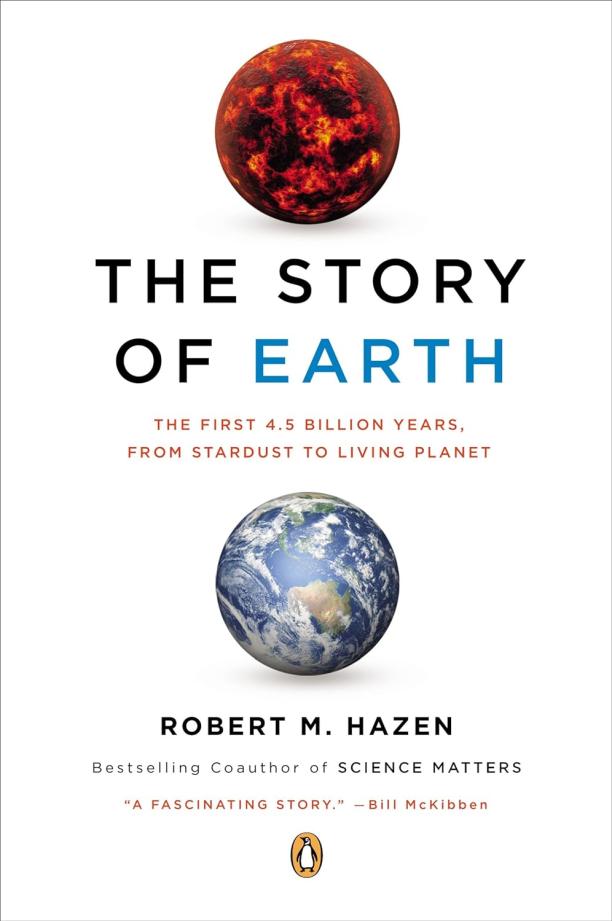
The Story of Earth
The First 4.5 Billion Years, from Stardust to Living Planet
Robert M. Hazen
The book explores the formation and evolution of Earth from the dust of dead stars to a dynamic planet teeming with life. It delves into the complex interactions between the geosphere, atmosphere, and biosphere that have shaped Earth's history and the emergence of life.
See full summary

The Wave
In Pursuit of the Rogues, Freaks and Giants of the Ocean
Susan Casey
The book explores the science and stories behind massive ocean waves, delving into the experiences of surfers, mariners, and scientists who encounter and study these formidable natural phenomena. It combines adventure, history, and scientific analysis to reveal the power and mystery of the ocean's most dangerous and awe-inspiring waves.
See full summary

Dark Winter
How the Sun Is Causing a 30-Year Cold Spell
John L. Casey
The book presents the argument that changes in solar activity, rather than human-induced factors, are the primary drivers of climate change, particularly a forthcoming period of significant cooling. It suggests that a reduction in sunspot activity will lead to a prolonged cold phase, challenging mainstream scientific consensus on global warming.
See full summary
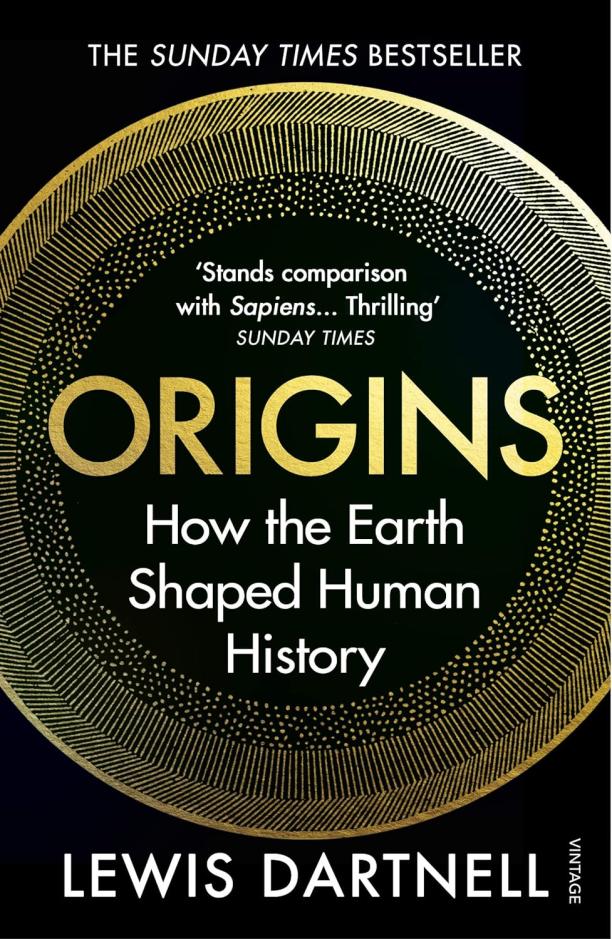
Origins
How the Earth Shaped Human History
Lewis Dartnell
The book explores the profound influence of geological forces and Earth's geography on human evolution, cultures, and civilizations throughout history. It examines how features like continental formations, climate shifts, and natural resources have shaped human societies, migrations, and technological advancements.
See full summary